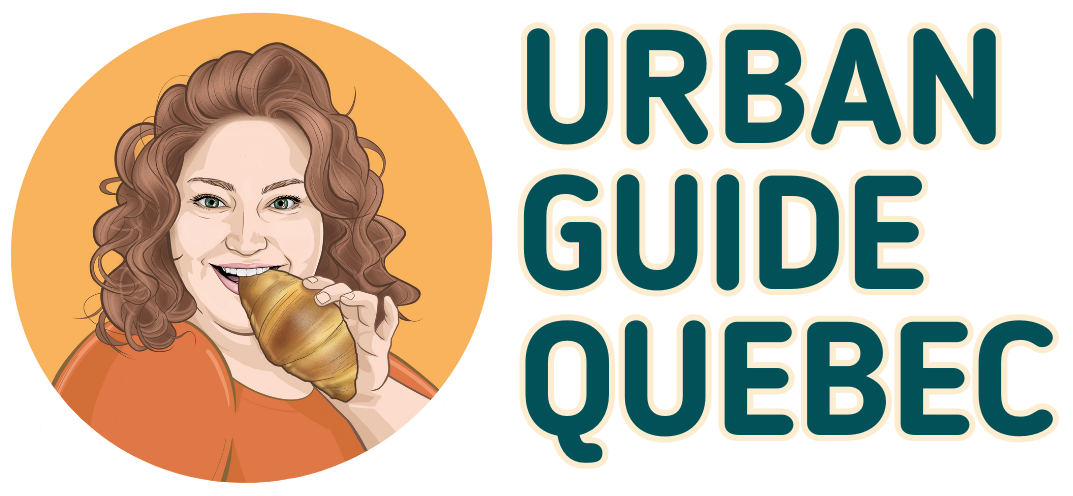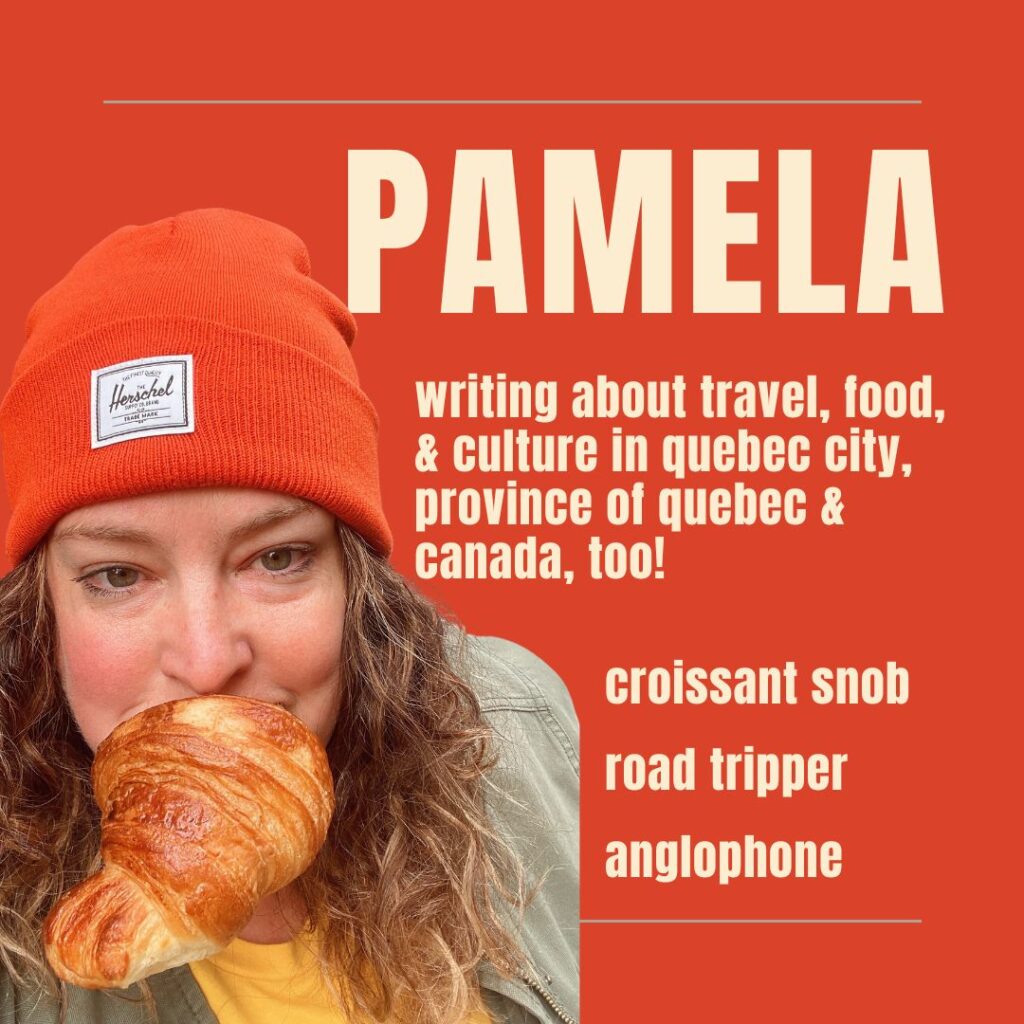Last Updated on May 8, 2024 by Pamela MacNaughtan
Getting around Ottawa is not difficult, but may take a little planning, depending on where you stay in the city and the things you want to do. The capital of Canada, Ottawa has a population of just over a million people and sits at the confluence of the Ottawa and Rideau rivers. The downtown core is small and dense, but still bearable, and it eventually gives way to sprawling neighbourhoods with tree-lined streets.
Most accommodations in Ottawa are in the ByWard Market area or downtown, easily walkable. The true heart of Ottawa, however, is found within the surrounding neighbourhoods, and you’ll need more than your feet to see them ?.
Here are some tips and tricks for getting around Ottawa
Walking
If you base your stay in Ottawa in downtown, ByWard, or Sandy Hill, it is easy to navigate through these neighbourhoods on foot. There are also several walking paths and hiking trails within the city that connect neighbourhoods. Honestly, one of the best ways to experience Ottawa is to take public transit to a neighbourhood, and then spend a few hours wandering around on foot.
Public Transit
Ottawa has a pretty good transit system of buses and O-trains headed by OC Transpo. There are two O-train lines, Confederation (line 1), and Trillium (line 2). The Confederation line runs east to west, from Tunney’s Pasture to Blair. Trillium, which is currently under stage 2 construction (there are buses replacing the trains while it’s under construction), runs from Bayview to Greensboro.
The trains are a fast way to travel between neighbourhoods, and the Tremblay station on the Confederation makes it easy (and cheap) to travel from the VIA Rail Ottawa station to downtown. There are just over 200 bus lines in Ottawa, connecting the city core to neighbourhoods and nearby small towns like New Orléans and Manitock.
A one-way fare with OC Transpo is 3.75 CAD, however, if you have a Presto card, the fare is 3.70 CAD. A Presto card will cost 6 CAD when you first get one, but there are no additional fees to use it. It’s a good investment and can be used in Toronto as well.
A day pass with OC Transpo is 11.25 CAD. You can also get a 3-day pass for 27.75 CAD or a 7-day pass for 52.75 CAD.
The fastest way to get from Ottawa International Airport (YOW) to downtown Ottawa is to take bus 97 Hurdman to Hurdman A, then switch to the Confederation line towards Tunney’s Pasture.
**bonus: most O-train stations have murals or art installations, making them an intriguing destination in their own right.
Taxi
There are a couple of taxi companies to choose from in Ottawa. I’m partial to BlueLine (613-238-1111) as it has the largest network. They also have an app which makes it easy to order a taxi from anywhere. A taxi in Ottawa will cost 3.80 CAD for the first 150 metres, then 18 cents for each additional 86 metres. If you don’t feel like taking a bus or just want to hit up a nice restaurant in another neighbourhood and come back to your hotel afterwards, a taxi is a solid option.
Uber is also available in Ottawa.
e-Bikes and Kick Scooters
Ottawa is an ideal city for cyclists of all skill levels. The city is packed with quiet streets and paths that can be traversed with two wheels. You can rent a bike with Escape Tours and Rentals for 11 to 20 CAD per hour. You’ll need a credit card, and a security deposit of 300 to 500 CAD will be charged. Ottawa’s eBike Rental has bikes for 30 CAD for 4 hours.
When walking around the ByWard Market or neighbourhoods like Wellington West and Little Italy, you may notice bright orange kick scooters. The e-scooters are operated by Neuron. To use them, download the app, add your payment information, and then scan the QR code on the e-scooter. It costs 1.15 CAD to unlock a scooter, then 42 cents per minute.
Driving
Driving in Ottawa is less frustrating than in other cities like Toronto or Montreal. The streets around Parliament Hill and the ByWard Market can be quite busy during the week and throughout the summer months. The Trans-Canada Highway (417), however, cuts through the city and makes it easy to move across the city quickly – outside of rush hours (7 to 9 am and 4 to 5 pm).
The trick with driving, of course, is finding parking. There are a lot of street parking spots throughout the city, but they fill up quickly, so be prepared to walk a little once you do find a spot. If you don’t want to park on the street, use one of the city’s parking garages. Rates vary, but during the day from Monday to Friday, the max parking rate is 11 to 20 CAD.
Street parking in Ottawa is not usually free, so download the PaybyPhone app to make it easier to pay for parking. You can also use nearby pay machines. In winter, it’s best to use a parking garage as there are street parking bans due to bad weather.
Aqua-Taxi
Did you know that there is an aqua-taxi in Ottawa in the summer? The aqua-taxi operates on the Ottawa River, with three stops: the Ottawa Locks, the Canadian Museum of History, and Richmond Landing. Departures begin daily at 11 am and run until 7 pm. It costs 6 CAD per crossing and takes about 7 to 10 minutes.
The aqua-taxi operates rain or shine, and pets are welcome. They’re also accessible and have room for bicycles.




